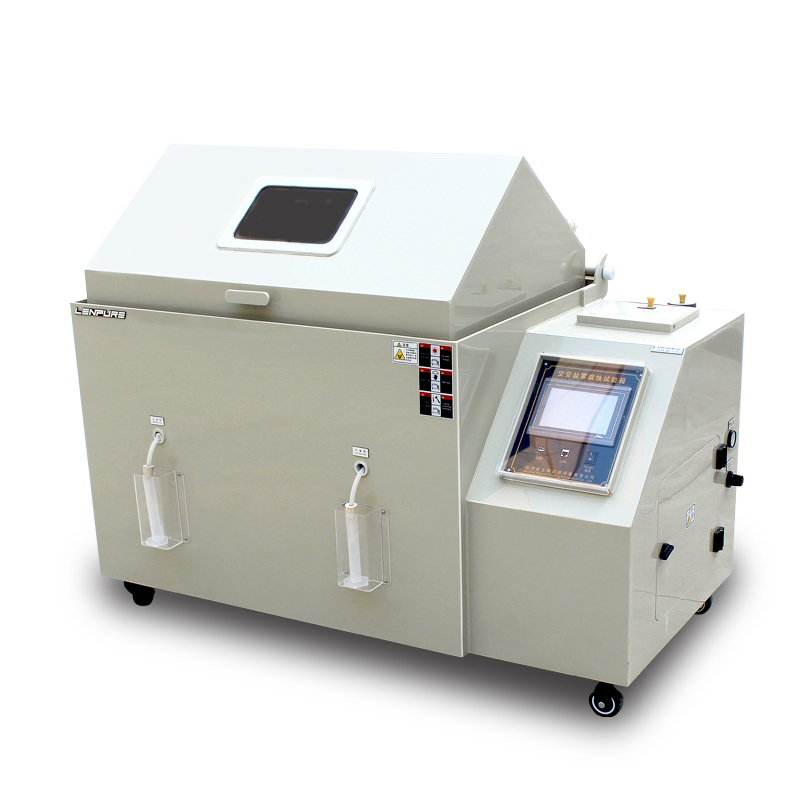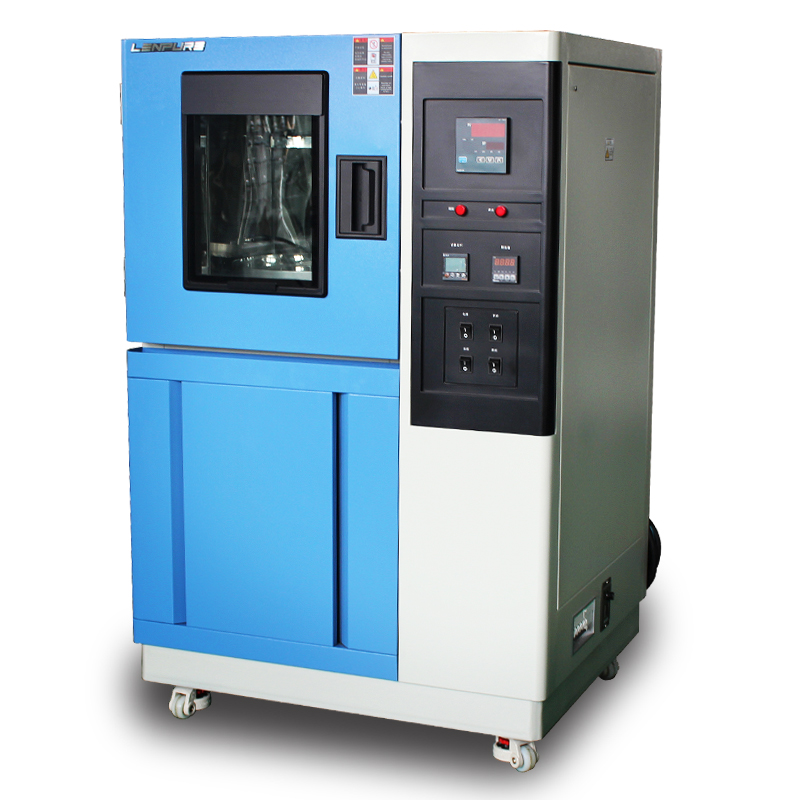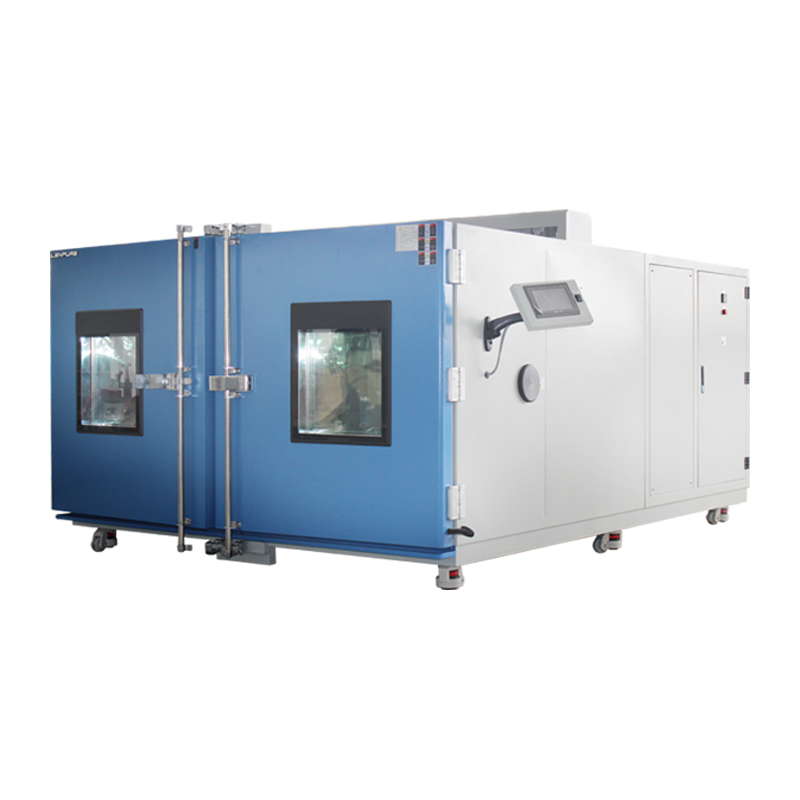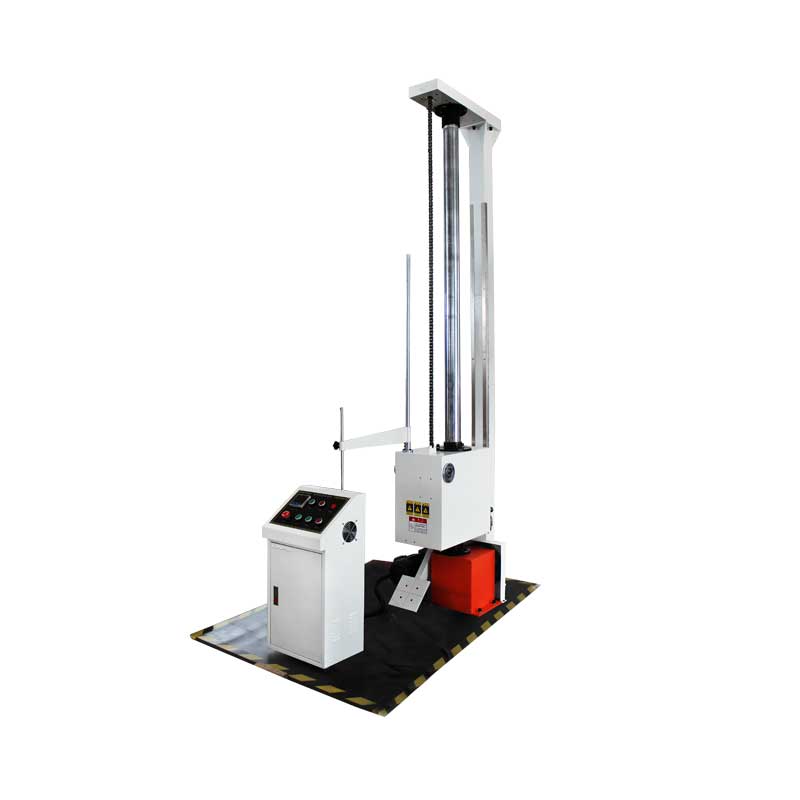How to Detect Leaks in Temperature and Humidity Cyclic Test Chamber?
Author:LINPIN Update Time:2025-04-24 Source:LINPINPreviously, the author introduced a lot of technical knowledge about Temperature and Humidity Cyclic Test Chamber. Today, we will share some methods for detecting leaks in these test chambers. Specifically, what methods are used for detection? There are four inspection methods.
Method 1 for Detecting Leaks in Temperature and Humidity Cyclic Test Chamber: Soap Water Test
Use soapy water to check for gas leaks in the equipment. Wipe the area to be inspected with gauze, then evenly apply soapy water to the target area with a clean brush. Observe whether bubbles appear. If bubbles are present, it indicates a gas leak.
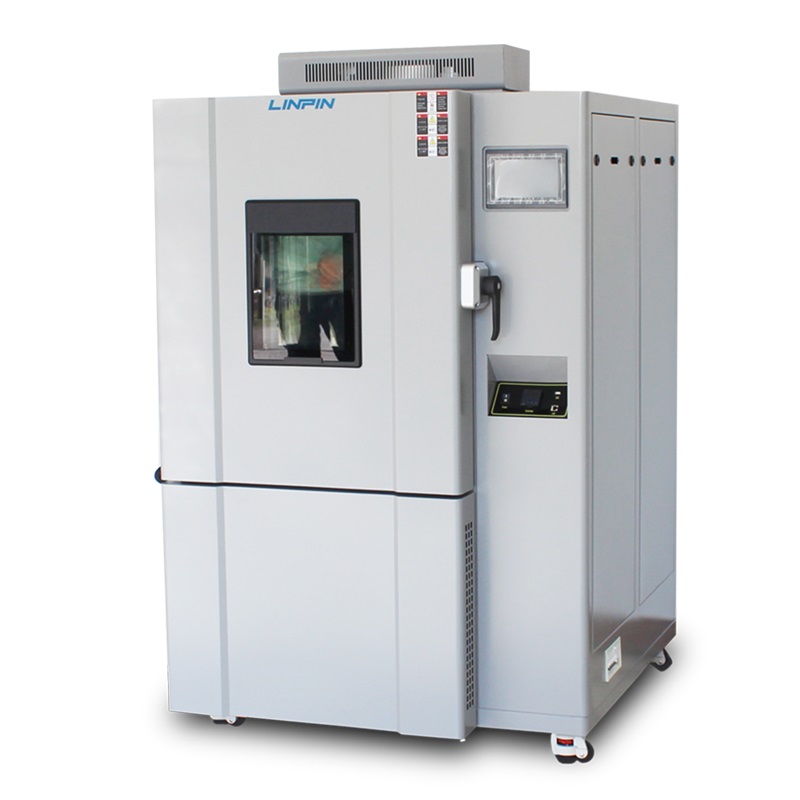
Method 2 for Detecting Leaks in Temperature and Humidity Cyclic Test Chamber: Water Immersion Test
This method is generally used to inspect components such as compressors, condensers, and evaporators in the test chamber. The specific inspection process is as follows: First, inject 0.8 MPa nitrogen into the evaporator and 1.9 MPa nitrogen into the condenser (for heat pump air conditioners, both require 1.9 MPa nitrogen). Then, immerse the test piece in water at 50°C (because the lower the water temperature, the greater the surface tension, making it harder to detect minor leaks. Therefore, warm water can reduce surface tension for better detection). Observe whether bubbles appear. The inspection site should be well-lit, and the water surface should be calm. The immersion time should exceed 30 seconds, and the workpiece should be submerged at least 20 cm below the water surface. If leaks are found at welded joints, they must be dried before repair welding.
Method 3 for Detecting Leaks in Temperature and Humidity Cyclic Test Chamber: Touch Detection Method
The refrigerant commonly used in high and low temperature alternating test chambers is R23, which is miscible with refrigeration oil. When R23 leaks, refrigeration oil will also escape. Based on this characteristic, visual inspection or touch can be used to determine whether a leak has occurred at the inspected area. If the leakage is minimal and difficult to observe, wearing white gloves or wiping the area with white paper can help detect any leaked liquid.
Method 4 for Detecting Leaks in Temperature and Humidity Cyclic Test Chamber: Pressure Retention Test
After repairs such as welding, inject 1.5 MPa nitrogen into the system, then fill it with refrigerant and close the three-way valve (assuming the three-way valve itself does not leak). If the gauge pressure does not drop within two days, it indicates no leakage in the repaired refrigeration system. If the gauge pressure drops, a leak exists, and further inspection using other methods is required.

